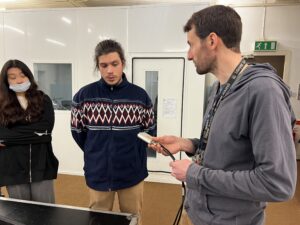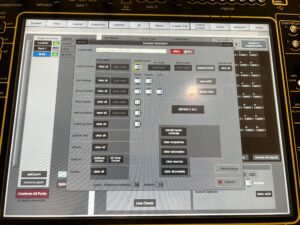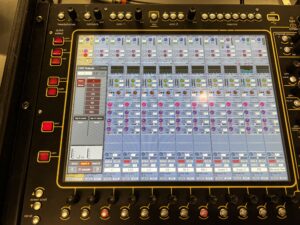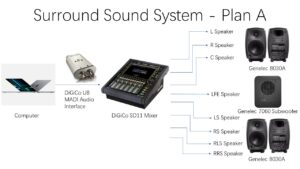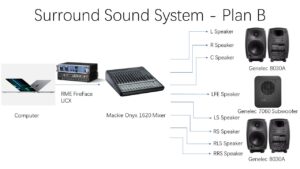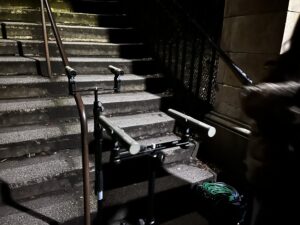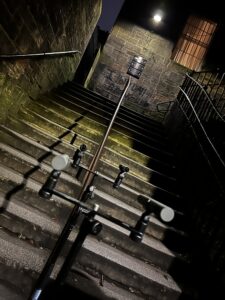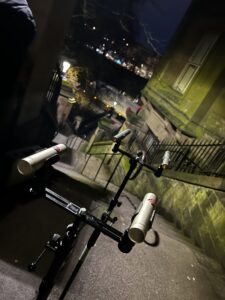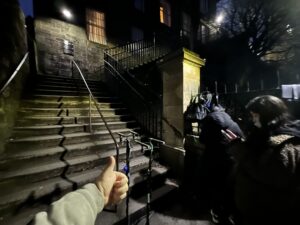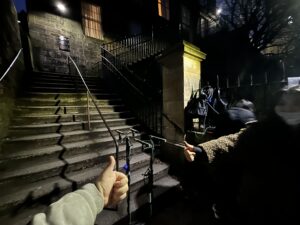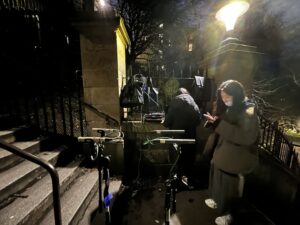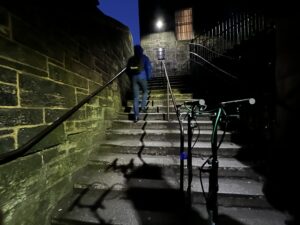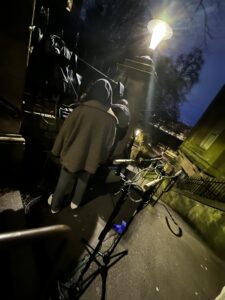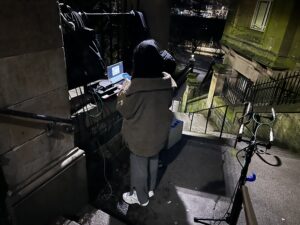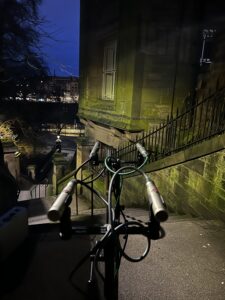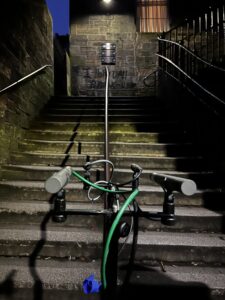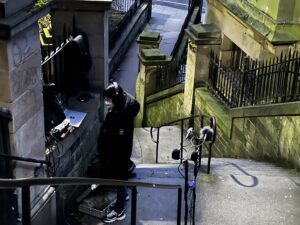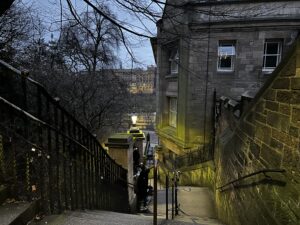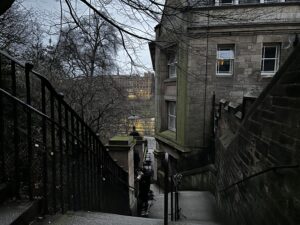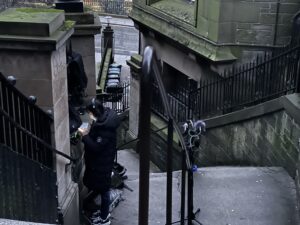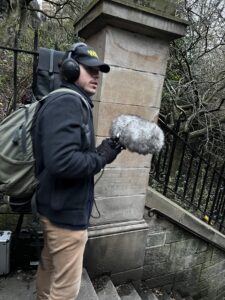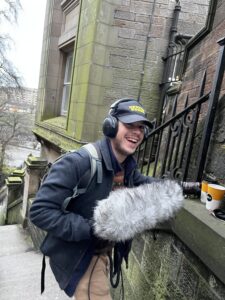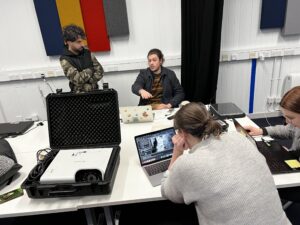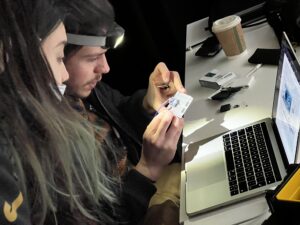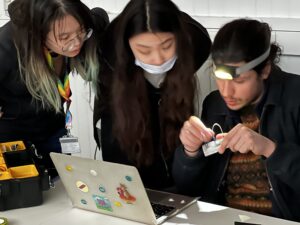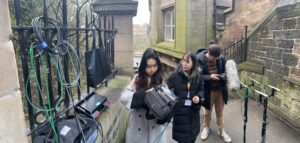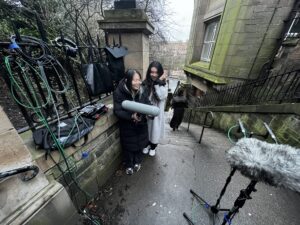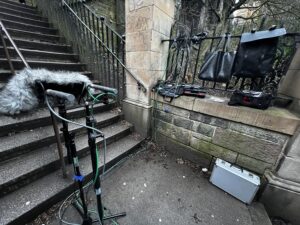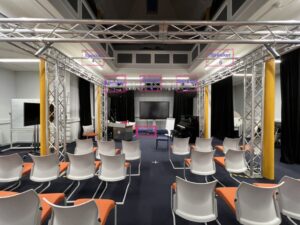My experience in this Place group at DMSP was very rewarding and as I do not have a course in Max myself, I may not have been able to do much more practical work in Max-based sound design. Seeing the hard work of the group members, I did all the prep work I could (including equipment handling, field recording, audio and video recording of the workshop, etc.) and took an active role in the pre-planning and design of the sound installation on a live site.
In practice, we encountered a number of problems during the booking process, such as equipment being borrowed at short notice, and similar situations where equipments were not in the Music Store despite being booked in advance. I would like to thank the sound crew for their patience, encouragement and help, and because of them, all the audio equipments have been solved in a better way. Also, due to the large amount of equipments, the sound team members helped me a lot both during the testing phase and the official performance phase to make sure that the live sound installation was done efficiently.
I believe that with better support, the live sound installations for our project would be more logical and efficient, and would provide a better sound environment for the audience to experience.
Finally, I would like to thank all the members of the Place team and the tutors and students who supported us. The results and achievements of this project were not only the efforts of each individual, but also the result of the collaboration of all the people who contributed to the project. Thanks again.
